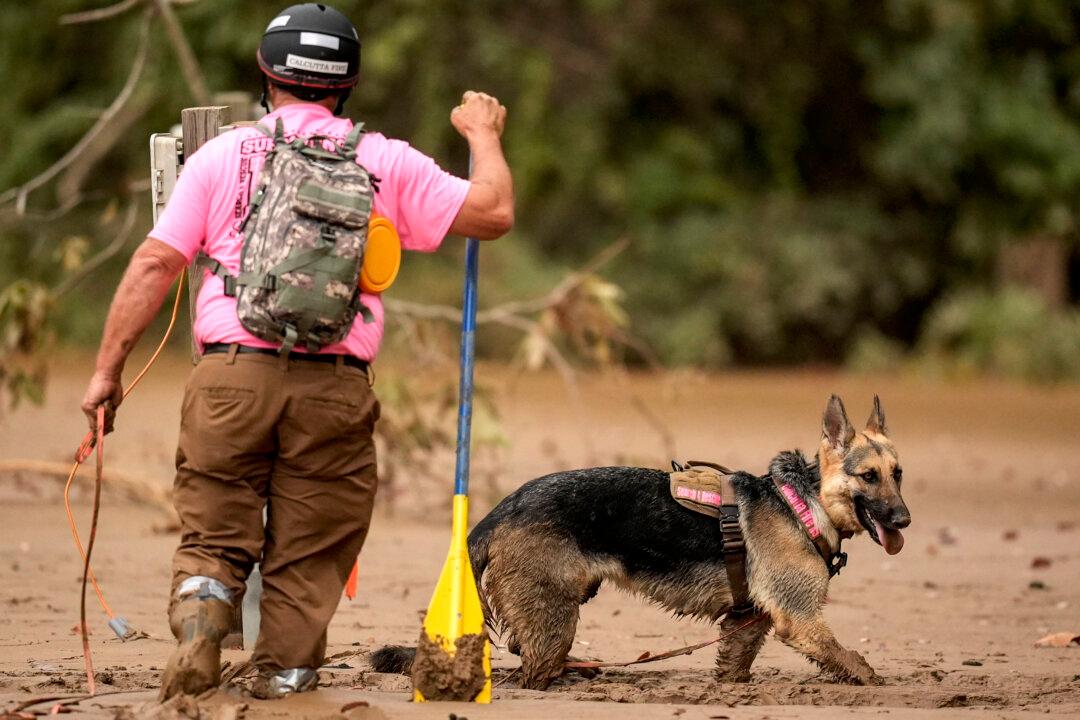SWANNANOA, N.C.—Cadaver dogs and search crews trudged through knee-deep muck and debris in the mountains of western North Carolina on Tuesday looking for victims of Hurricane Helene, days after the storm carved a deadly and destructive path through the Southeast.
With Helene’s death toll topping 150, searchers fanned out, using helicopters to get past washed-out bridges and hiking through wilderness to reach isolated homes.





